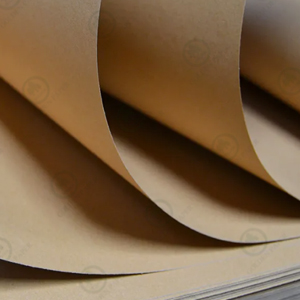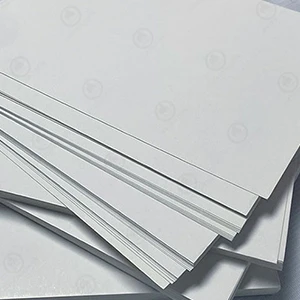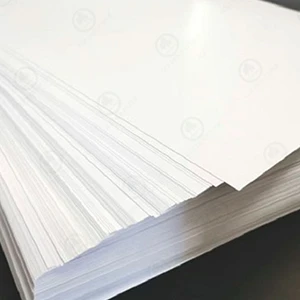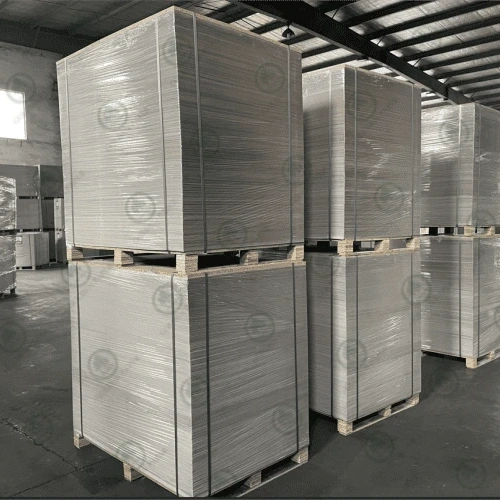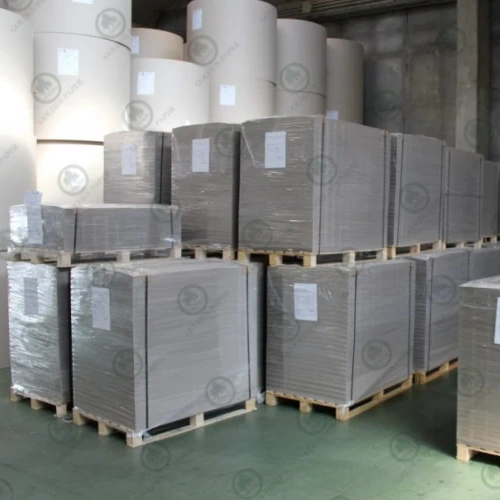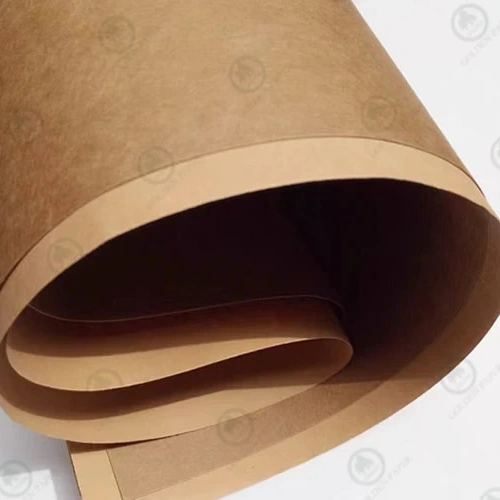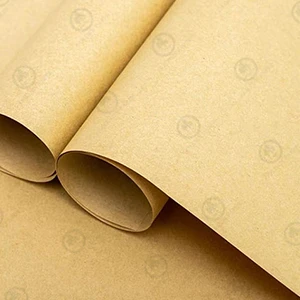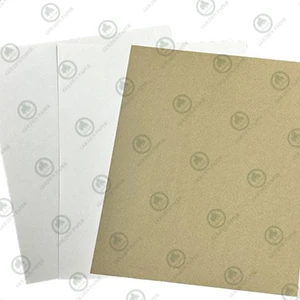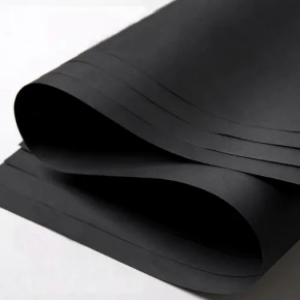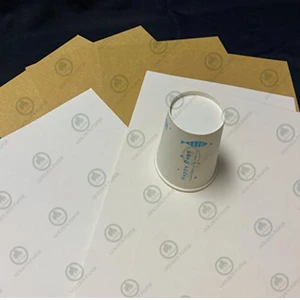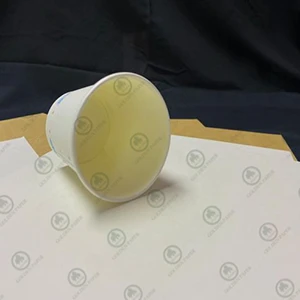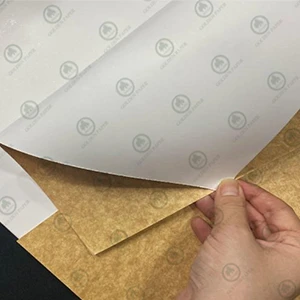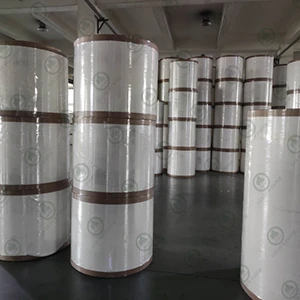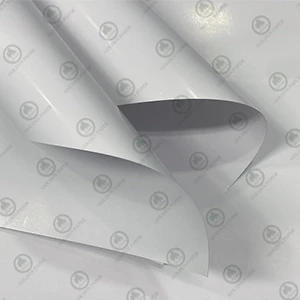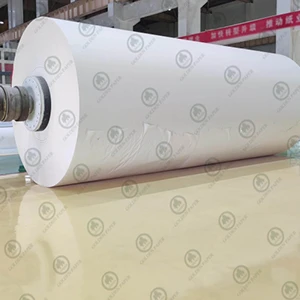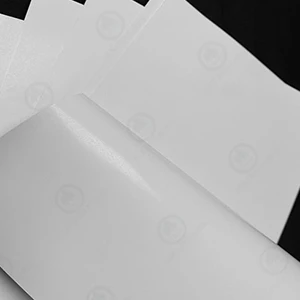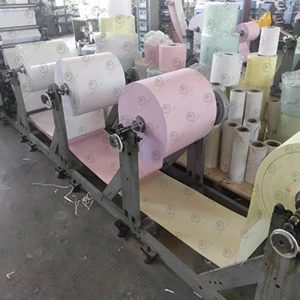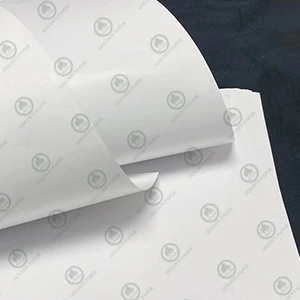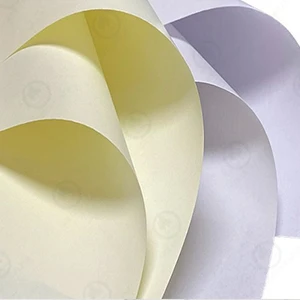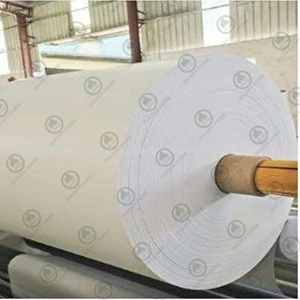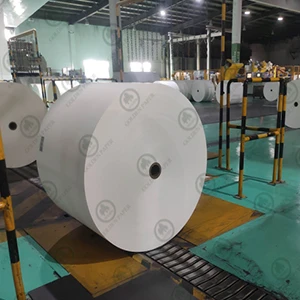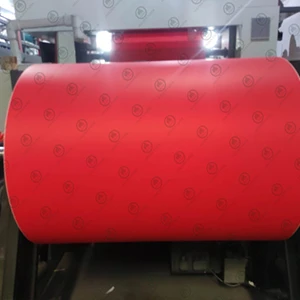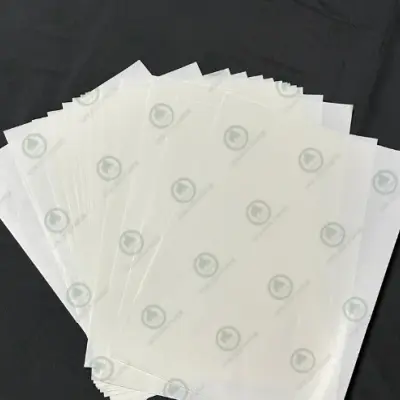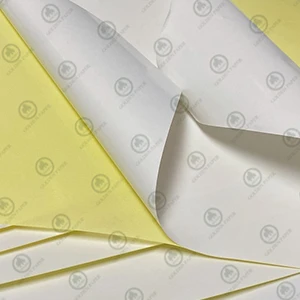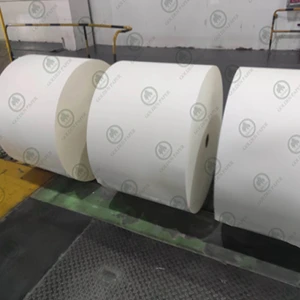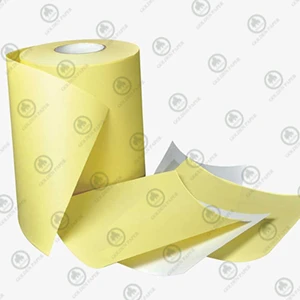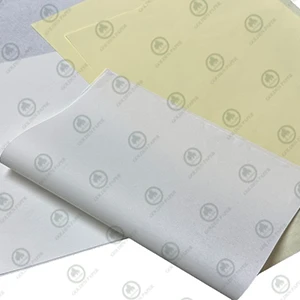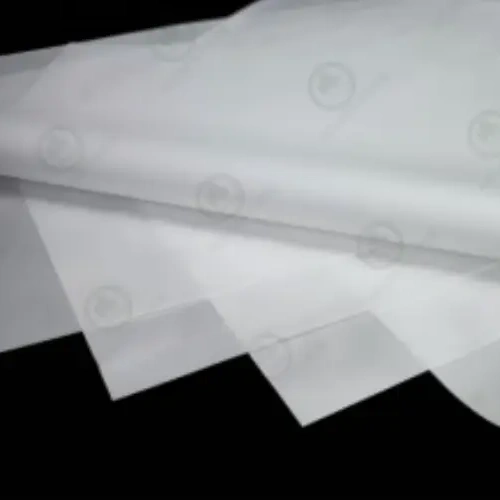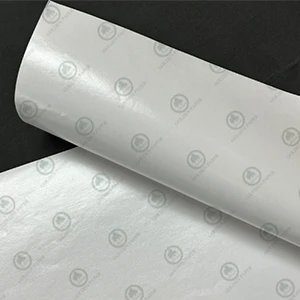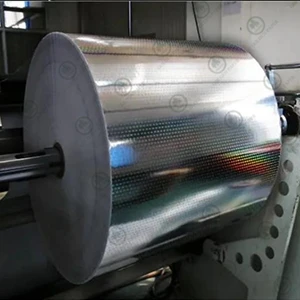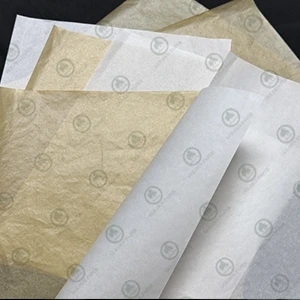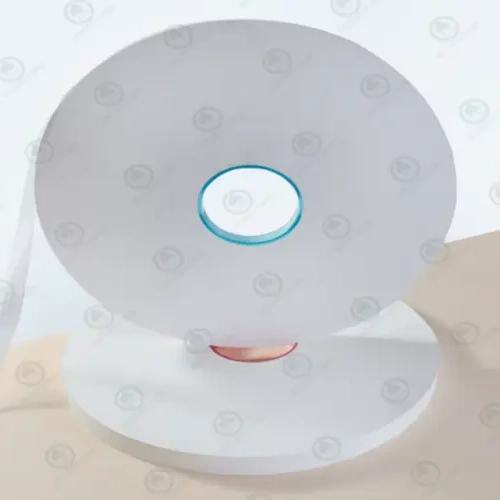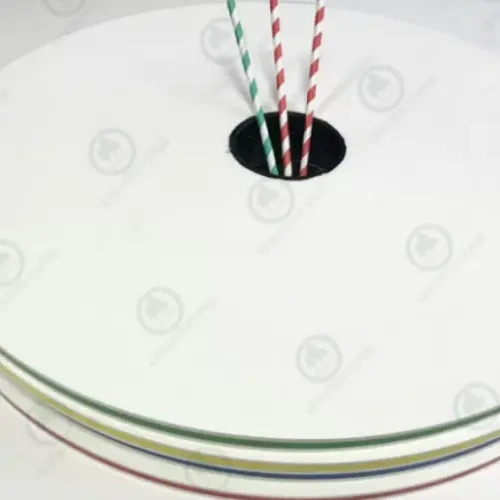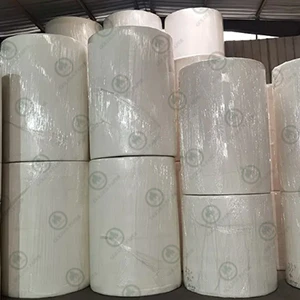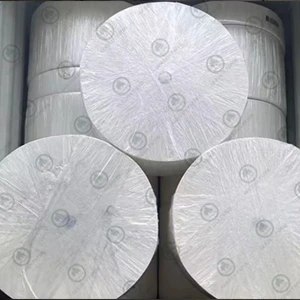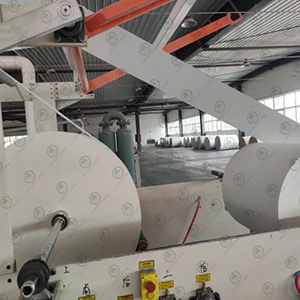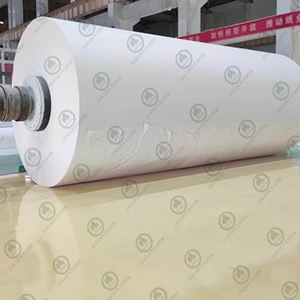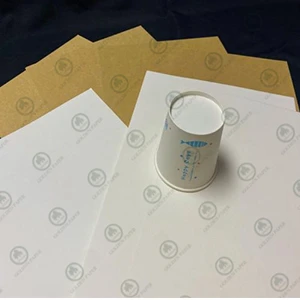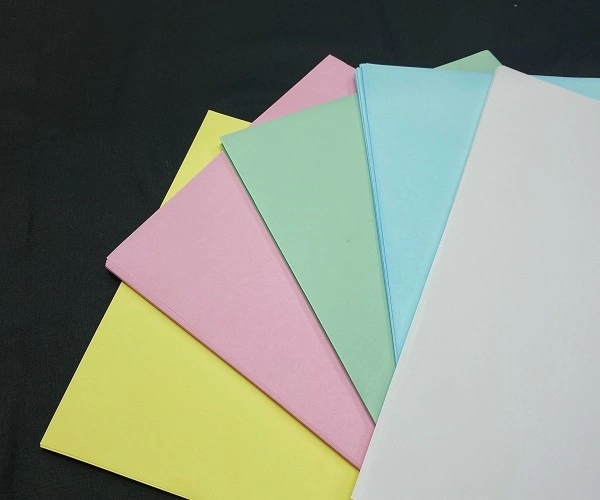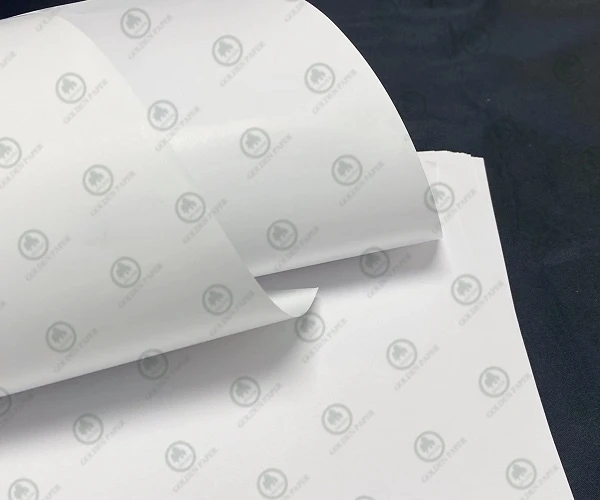Introduction
Whether you're in printing, publishing, or packaging, choosing the right paper for your project isn’t always easy. There are several important factors to consider before placing an order or selecting a paper supplier. In this guide, we’ll walk you through the key aspects to help you make a smarter paper-buying decision.
Key Factors to Consider When Choosing Paper
Paper Weight (GSM)
One of the first things to look at is paper weight, usually measured in GSM (grams per square meter). Simply put, the higher the GSM, the thicker and heavier the paper. For example, 40 GSM paper weighs 40 grams per square meter, while 80 GSM paper weighs twice as much.
But thicker isn’t always better—it depends on your project:
For lightweight printing, such as Bibles or manuals, low GSM paper is ideal. Our Golden Paper Bible paper is as light as 28 GSM, making it easy to carry without sacrificing print clarity.
For packaging, thicker paper (higher GSM) is necessary to ensure durability and strength. It offers better support, protects against crushing, and keeps the contents inside safe.
Whiteness affects how colors appear on the page. The brighter the paper, the more vibrant your printed images will look. That’s why white paper for photo books or image-heavy materials usually has a higher whiteness level.
However, higher whiteness isn’t always better:
For text-heavy books, like novels or manuals, overly white paper can strain the eyes.
For full-color printing, higher whiteness helps enhance the image contrast and vibrancy.
Remember: Always compare paper under the same lighting conditions to accurately judge its color tone.
Paper Coating
The surface finish of paper impacts print quality. Common options include glossy, matte, and uncoated paper. Coated paper has a smoother surface, which enhances ink absorption and detail sharpness.
Glossy coated paper has high smoothness and shine, great for images and high-end brochures.
Matte coated paper offers a soft, non-glare finish, ideal for reading materials and catalogs.
Uncoated paper has a more natural texture and is easier to write on.
Paper Color
Need colored paper for a creative or artistic project? Then color accuracy matters. Colored offset paper is made by adding dye directly into the pulp, so custom shades are possible—but you’ll need to confirm your desired color with the manufacturer and request samples before mass production.
Environmental Impact
If sustainability is a priority, consider the paper's environmental profile. Many buyers now prefer eco-friendly paper or FSC-certified paper to align with their brand values.
Choose recycled pulp for packaging to reduce your carbon footprint.
Ask your supplier whether they offer FSC-certified or chlorine-free options.
Conclusion
Choosing the right paper comes down to understanding your project's needs—from weight and whiteness to finish and environmental standards. If you’re looking for a reliable supplier, Golden Paper is here to help. With over 20 years of experience in paper manufacturing and export, we provide high-quality, custom paper solutions tailored to your needs. Contact us today to get started on your next paper project!
 GOLDEN PAPER
GOLDEN PAPER
 EN
EN
 fr
fr  de
de  es
es  it
it  ru
ru  pt
pt  ar
ar  vi
vi  tr
tr  id
id 